#Kens Reef
Explore tagged Tumblr posts
Text
The situation in Florida and around the globe has some coral scientists confronting a dark reality: Coral restoration, which started as a noble endeavor back when humans weren’t this far down the road of climate breakdown, is bearing little fruit. It has failed to keep up with wave after wave of loss, yet remains the bulk of what’s being done to help ailing reefs. And scientists in the field are scrambling to figure out what comes next, with no clear consensus. “What we were doing 10 years ago was working, and it was the strategy that we could do at the time, but things are changing fast. This year, in particular, should have been a wake-up call to everybody,” said Ken Nedimyer, who founded CRF in 2007 but left in 2017 to start another outfit called Reef Renewal USA. “What we were doing and are doing is not going to work. We’ve got to do something different.” “To rinse and repeat,” he added, “the results are going to be exactly the same, which is failure.” [...]
When it comes to the threat of human-caused climate change, the world’s fragile reefs are often described as the canary in the coal mine. “If the coal mine is the Keys, the canary is dead,” said Bill Precht, a veteran coral scientist based in Miami. Even before last summer, upwards of 90% of coral on Florida’s reef had vanished due to warming temperatures, pollution and sediment runoff, disease outbreaks — stony coral tissue loss being the worst of them — and other threats. Coverage of stony corals, those that build hard skeletons and are the foundation of Florida’s 350-mile reef, was around just 2%, down from historical levels of 30% to 40%.
294 notes
·
View notes
Text
"Discarded shells from restaurants and hotels are being used to restore damaged oyster ecosystems, promote biodiversity and lower pollution in the city’s bays...
Nestled in between the South China Sea and the Pearl River Delta, Hong Kong has been seen historically as an oyster hotspot. “They have been supporting our livelihood since ancient times,” says Anniqa Law Chung-kiu, a project manager at the Nature Conservancy (TNC) in Hong Kong. “Both oysters and their shells are treasures to humans.”
Over the past five decades, however, the city’s sprawling urban development, water pollution, as well as the over-harvesting and frequent seafloor dredging by the lime industry – which uses the crushed shells to make construction material – have destroyed Hong Kong’s oyster habitats and made the waters less hospitable for biodiversity.
The more oyster colonies falter, the worse the problem gets: oysters are filter feeders and purify water by gobbling up impurities. Just one Hong Kong oyster can filter up to 200 litres of water a day, more than any other known oyster species. But decades of rapid industrialisation have largely halted their water-purifying services.
The depletion of Hong Kong’s natural oyster reefs also affects the ability of local farmers to sustainably cultivate their oysters in a healthy environment, denting the reputation of the city’s 700-year oyster farming tradition, designated by Unesco as an “intangible cultural heritage”.
Inhabitants of the coast feel abandoned, says Ken Cheng Wai-kwan, the community leader of Ha Pak Nai on Hong Kong’s Deep Bay, facing the commercial city of Shenzhen in China. “This place is forgotten,” Cheng says. “Oysters have been rooted here for over 400 years. I ask the question: do we want to lose it, or not?”
A group of activists and scientists are taking up the challenge by collecting discarded oyster shells and recycling them to rebuild some of the reefs that have been destroyed and forgotten in the hope the oysters may make a comeback. They’ve selected locations around the island where data they’ve collected suggests ecosystems still have the potential to be rebooted, and there are still enough oyster larvae to recolonise and repopulate reefs. Ideally, this will have a positive effect on local biodiversity as a whole, and farming communities.
Farmers from Ha Pak Nai were among the first to hand over their discarded shells to the TNC team for recycling. Law’s team works with eight oyster farmers from Deep Bay to recycle up to 10 tonnes of shells every year [over 22,000 pounds]. They collect an average of 870kg every week [over 1,900 pounds] from 12 hotels, supermarkets, clubhouses and seafood restaurants in the city, including some of its most fashionable establishments. About 80 tonnes of shells [over 176,000 pounds] have been recycled since the project began in 2020.
Restaurants will soon be further incentivised to recycle the shells when Hong Kong introduces a new fee for waste removal – something that is routine in many countries, but only became law in Hong Kong in July and remains controversial...
Preliminary data shows some of the restored reefs have started to increase the levels of biodiversity, but more research is needed to determine to what extent they are contributing to the filtering of the water, says Law.
Scientists from the City University of Hong Kong are also looking to use oyster shells to increase biodiversity on the city’s concrete seawalls. They hope to provide tiny, wet shelter spots around the seawall in which organisms can find refuge during low tide.
“It’s a form of soft engineering, like a nature-based solution,” says Charlene Lai, a research assistant on the team."
-via The Guardian, December 22, 2023
#oyster#oyster farming#sea shells#seafood#hong kong#ecosystem restoration#biodiversity#ecosystem#water pollution#clean water#cultural heritage#marine life#marine animals#marine science#good news#hope
810 notes
·
View notes
Text
Splatoon x Persona Weapon assignments for the various teams:
Note: These are approximations based on weapon choice. I tried to pick weapons that were similar to their actual weapons. I've also colorcoded it for convenience. weapons all range from every splatoon game, though a good chunk from Splat3
SEES:
Makoto/Minato - Octobrush
Kotone - Splatana Stamper
Junpei - Splat Roller
Mitsuru - Kensha Splatana (Alt. Order Splatana, since the Kensha weapon isn't here... sadge)
Akihiko - Dark Tetra Dualies
Yukari - Wellstring V
Shinjiro - GOLD DYNAMO Roller (heavy-af weapon)
Ken - Snipewrite 5B (long range, can hold 5 shots)
Fuuka - Splatterscope
Aigis is technically a walking Nautilus 47
Koromaru can't participate directly, but if he could, he'd have a small fry buddy
OTHERS:
STREGA - Order dualies (Jin), Order Slosher (Chidori), Jet Squelcher (Takaya)
Nyx/Nyx Avatar - DYNAMO ROLLER too, mainly because massive fuck
Ryoji - E-Liter
Ikutsuki - Undercover Brella
Investigation Team:
Yu - Charcoal Decavitator (very OP)
Yosuke - Order Dualies, Nouveau Dapple Dualies
Chie - Glooga dualies (slow shots, but powerful hits)
Yukiko - Reef LUX 450
Kanji - Dynamo Roller
Rise - Eliter Scope
Teddie - Splatana Wiper
Naoto - .52 Gal.
OTHERS:
Nanako - too young, but she would wield a Trislosher
Dojima - N-Zap '85
Adachi - .96 Gal
Phantom Thieves of Hearts: (Parentheses = based on gun)
Akiren/Joker - Kensha Dualies (Can also use Dread Wringer for shits n' giggles)
Morgana/Mona - Order Octobrush (Alt. Order Blaster)
Ryuji/Skull - Painbrush (Alt. Range Blaster)
Ann/Panther - Bloblobber (Alt. Aerospray)
Yusuke/Fox - Mint Decavitator (Alt. Recycled Brella 24Mk I)
Makoto/Queen - Dreadwringer (Alt. L-3 Nozzlenose)
Futaba/Oracle - Z+F Splatterscope
Haru/Noir - Dynamo Roller (Alternatively, Nautilus 47)
Goro Akechi/Crow - Charcoal Decavitator (Alt. Jet Squelcher)
Sumire/Violet - Squiffer
Sophia/Sophie - Dualies (alt. S-Blast '92)
Zenkichi/Wolf - Hero Roller Replica (alt. Squelcher Dualies)
Others:
Sojiro - Undercover Brella
Iwai - Hydra Splatling. Though, he's the weapons dealer, so he can do whatever he wants. He would deffo use a Hydra Splatling tho
If you think these weapons aren't right, gimme suggestions! I'm open to them!
Wall of tags incoming.
#persona 3#persona 4#persona 5#hoo boy#makoto yuki#minato arisato#kotone shiomi#ryoji mochizuki#yukari takeba#junpei iori#mitsuru kirijo#akihiko sanada#fuuka yamagishi#shinjiro aragaki#ken amada#koromaru#sees#jin shirato#takaya sakaki#chidori yoshino#nyx#yu narukami#yosuke hanamura#chie satonaka#yukiko amagi#kanji tatsumi#naoto shirogane#rise kujikawa#teddie#p3 x splatoon crossover
42 notes
·
View notes
Text
want some help navigating my tangled mess of tags? you've come to the right place!
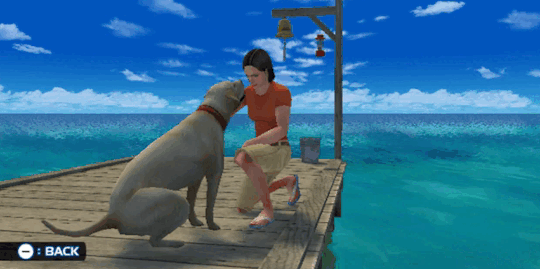
all tags (including those related to characters, creatures, and locations) use the name given in the north american english localization of the relevant eo game. if you're ever unsure, they're the names used by default on the eo wiki, so you can double-check there (replacing "fandom" in the url with "antifandom" to get an ad-free experience, ofc)
while i can't list all the creature tags (for obvious reasons), these are the broad categories to hopefully help you find the posts you're looking for <3

ENDLESS OCEAN
STAGES
#manoa lai (refers only to the main stage)
#gabbiano
#great aqua cave
#the abyss
#underwater ruins of mo'ia atoll
#ship's rest
#aquarium
CHARACTERS
#eo1 player
#katherine sunday
#will gayne
#michael schoff
#victor durand
#pia marini
#carina ortez
#yoko kagura
MISC
#marine encyclopedia
#eo1 salvage
#ancient mother
#magu tapa

ENDLESS OCEAN 2
STAGES
#nineball island
#gatama atoll
#deep hole
#private reef
#ciceros strait
#valka castle
#north coast of canada
#weddell sea
#iceberg cavern
#cortica river midstream
#cortica river upstream
#zahhab region
#zahhab region depths
#cavern of the gods
#aquarium
CHARACTERS
#eo2 player
#jean eric louvier
#oceana louvier
#matthias louvier
#nancy young
#gaston gray
#hayako sakurai
#snorkel
#ken kaimoto
#finley
#franklin fischer
#marzia
#tisera
MISC
#marine encyclopedia
#eo2 salvage
#constellation coin
#legendary

ENDLESS OCEAN LUMINOUS
#daniel
#eol player
#luminous new creature
#legendary
#uml
#eol salvage

OTHER
#marine life (for real-life sea creature posting)
#unused content (for meta discussion of eo's unused content)
#glitches (for meta discussion of eo's glitches)
#other people's art (cool art related to marine life!)
#aquatark art (my scribbles <3)
#ask
#anonymous (for anon asks)
#inbox trick or treating
for asks, i also add a tag of the asker's username, if they included it :>

9 notes
·
View notes
Text
🖤🖤🖤 Richard Chamberlain, icône de la télévision américaine des années 60 à 80, s’est éteint à Hawaï vendredi 28 mars 2025 à l’âge de 90 ans. Révélé par la série "Dr. Kildare", il avait conquis le public dans des sagas mythiques comme "Shogun" ou "Les oiseaux se cachent pour mourir".

Acteur à la silhouette élégante et à la voix posée, Richard Chamberlain incarnait une certaine idée du charme classique hollywoodien. Né à Beverly Hills en 1934, il s’était d’abord illustré au théâtre avant de percer à la télévision, où il deviendra l’un des visages les plus populaires des années 60.


C’est en 1961 que sa carrière bascule avec le rôle du docteur James Kildare dans la série éponyme. Pendant cinq saisons, il incarne ce jeune médecin idéaliste, rôle qui lui vaut la reconnaissance du public et un Golden Globe en 1963. Véritable idole, il fait la couverture de nombreux magazines et devient un symbole de l’Amérique bien-pensante de l’époque.





Richard Chamberlain est décédé des suites de complications liées à un accident vasculaire cérébral. C’est son agent, Harlan Boll, qui a annoncé la nouvelle à la presse. L’acteur s’est éteint paisiblement à son domicile de Waimanalo, sur l’île d’Oʻahu, à Hawaï, où il vivait depuis de nombreuses années.

En 1959, il est l’un des cofondateurs, avec Leonard Nimoy, Vic Morrow et Vic Tayback, de la compagnie théâtrale Company of Angels, installée à Los Angeles. Cinquante ans plus tard, il l’évoque ainsi: «Un groupe d'acteurs travaillait avec Jeff Corey [...] Aucun d'entre nous n'arrivait à trouver du travail et nous avions décidé de créer notre propre compagnie de théâtre. Peu importe comment, nous avions réuni des fonds et loué un petit espace étrange et commencé à monter des pièces. Nous avions fait The Caine Mutiny et La Ronde et c'était follement merveilleux de faire ça.». La même année, il participe également à un épisode de la série Alfred Hitchcock présente.
En 1960, il est à l’affiche de son premier long métrage Secret of the Purple Reef.
Le soap opera en hôpital, Le Jeune Docteur Kildare, lancé en septembre 1961 sur la chaîne NBC et dont il interprète le rôle-titre, le sacre idole du public féminin. Il y croise Linda Evans qui lui servira longtemps de petite amie fictive lors d'apparitions publiques. La série est annulée et se conclut en 1966 au bout de cinq saisons. Après l'arrêt de la série, Richard Chamberlain gagne la Grande-Bretagne, et apparaît dans plusieurs pièces de théâtre.
En 1966, il joue dans la funeste comédie musicale Breakfast at Tiffany's avec notamment Mary Tyler Moore. Supposée se produire à Broadway et ayant vendu de nombreux billets en prévente, la pièce rencontre des critiques catastrophiques et s'achève après quatre représentations jouées avant la date officielle, le producteur David Merrick déclarant ne pas vouloir: «soumettre les critiques et le public à une soirée atroce et ennuyeuse». Chamberlain déclare «C'était de première classe, très coûteux et rien ne fonctionnait».
En 1968, il est le mari de Julie Christie dans Petulia de Richard Lester.
En 1969, il joue le rôle titre de la pièce Hamlet de William Shakespeare, au Birmingham Repertory Theatre. Il reprend la pièce en 1970 à la télévision pour le programme Hallmark Hall of Fame, avec John Gielgud, Michael Redgrave et Margaret Leighton. À partir de 1971, il renoue avec une nouvelle pièce de Shakespeare, tenant le rôle titre dans Richard II. Ses prestations sont appréciées. Il tourne également avec Ken Russell et Robert Bolt, s'imposant en Tchaïkovski en 1971 dans The Music Lovers ou en personnage romantique Lord Byron en 1972 dans Lady Caroline Lamb. L'athlète se mue en interprète racé et tourne avec Glenda Jackson puis Sarah Miles. Il participe ainsi au fameux Swinging London d'où émergent les derniers courants artistiques, cinéma, musique, mode… ...

16 notes
·
View notes
Text
Welcome to Harmonic Depths, a Project Sekai fandub.
We plan on dubbing the main stories and events, card stories, memes, and maybe even fan comics and stories!
We are currently looking for video editors, audio mixers/engineers, story translators, and npc voice actors. If you're interested, come check out the Discord server
Our lovely vas are
Miku: Miyuki/Yuki, she/her ( @miyukihamaki )
Rin: Rissa, she/her
Len: open
Luka: Luka, he/it/they ( @thesillyluka on tumblr and @lukatheirohakinnie#0000 on discord)
MEIKO: Emma, she/he/they ( @acemarkey here and dramaticegotist on twt)
KAITO: Turgize (TurgizeVA on Twitter, speaking)
Ichika: Peachy, it/shark ( @zebrashork )
Saki: Reef, she/her @reefieo
Honami: Pasta, he/him @femboy-luigi
Shiho: Solar, she/they ( SolariaNights )
Minori: Ace, any pronouns
Haruka: Beryl Morgan, she/her
Airi: Epi/Yuu, he/mew/it ( @gakukaiyaoi here and sayonarapurin on twt)
Shizuku: open
Kohane: Luna, she/her
An: Bee
Akito: Lee ( @xlynchiex @batty-voice @getwonderhoyd )
Toya: Dylan
Tsukasa: Nic, he/him
Emu: KOKORO, she/they ( @wonderhoysayitnow )
Nene: yuefuwa, she/her (Yue on Youtube)
Rui: speaking open, Pasta ( @femboy-luigi ) for singing currently
Kanade: Caelus, they/he
Mafuyu: Zephyrine, she/lyric ( @zephyrine-tale )
Ena: Lee, he/they ( @junebird9 )
Mizuki: Lou, he/him ( @sivler @sivlerr )
Iori: Lou, he/him ( @sivler @sivlerr )
Mio: Ewen (pikolore on Twitter)
Nanamin: Pasta, he/him ( @femboy-luigi )
Ken: Turgize (TurgizeVA on Twitter)
Taiga: Nic, he/him
Asahi: Emma, she/he/they ( @acemarkey here and dramaticegotist on twt)
Mrs Asahina: Lee ( @xlynchiex @batty-voice @getwonderhoyd )
61 notes
·
View notes
Text
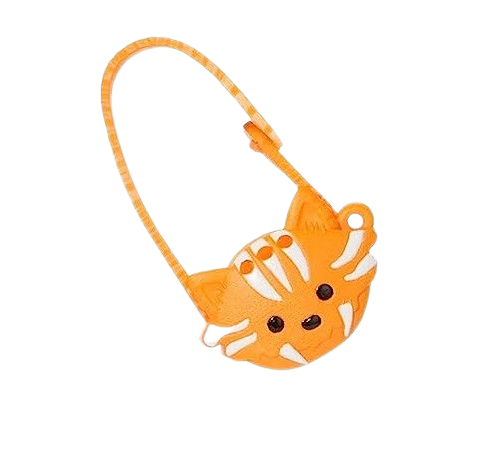
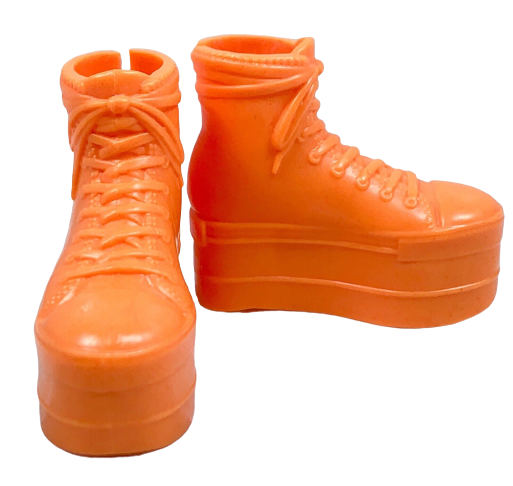
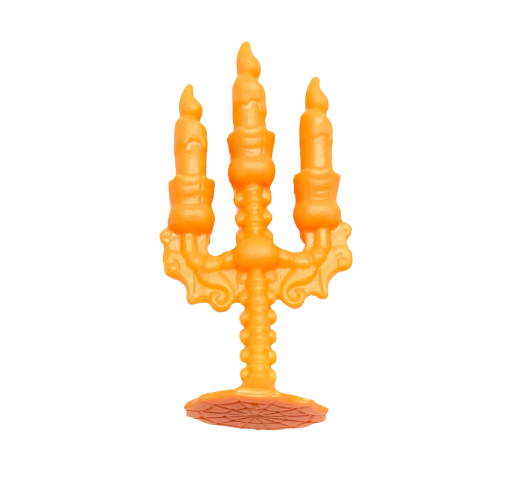
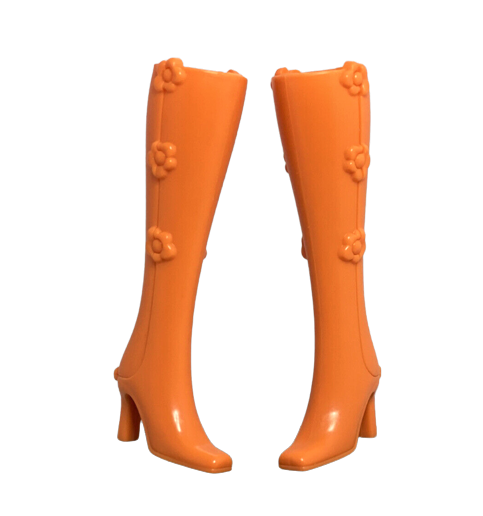
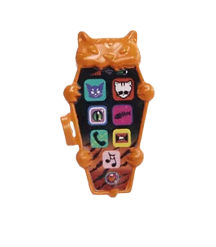
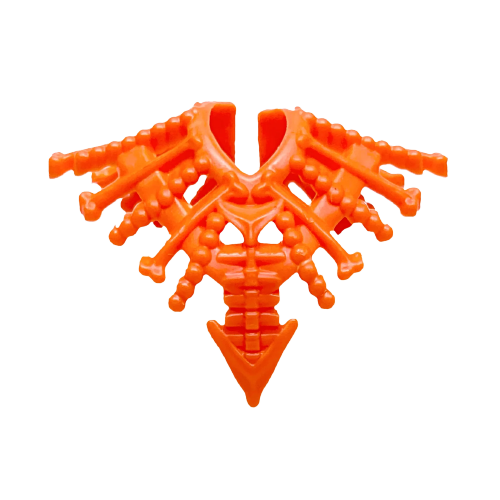
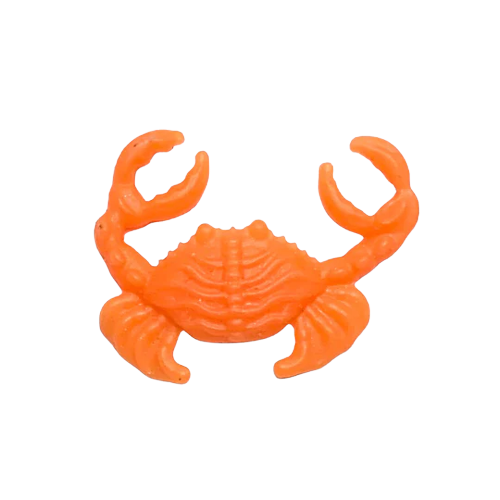
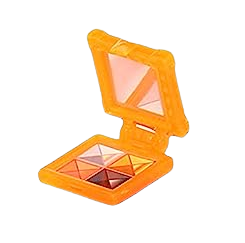
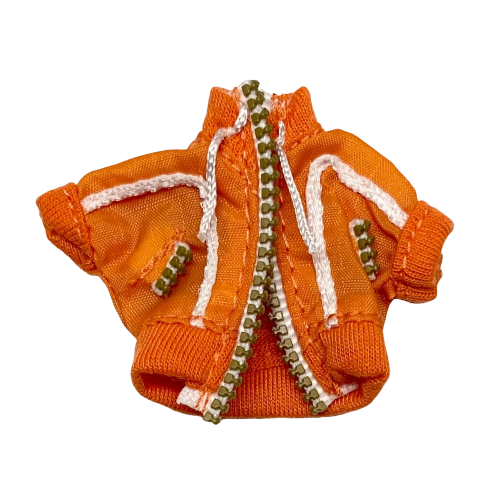
Favorite Color - Orange
Cave Club Roarelai Saber Tooth Purse
Barbie BMR1959 Ken Orange Sneakers
Monster High Catacombs Playset Candelabra
Barbie Floral Snap Shut Boots
Monster High G3 Torelai Stripe Phone
Monster High Ghouls Getaway Meowlody Fish Necklace
Monster High Great Scarrier Reef Posea Crab
Rainbow High Michelle St Charles Makeup Compact
Bratz Study Abroad Yasmin Crop Jacket
#transparent png#png#transparent#doll accessories#doll collector#doll purses#doll shoes#fashion dolls#doll clothes#doll makeup#cave club#barbie doll#barbie bmr1959#monster high#monster high dolls#monster high gen 3#rainbow high#bratz yasmin#bratz#bratz doll
70 notes
·
View notes
Text










We recently spent a vacation day at MORONGSTA Beach Resort in Morong, Bataan, with my aunt, grandma, uncle, dad, and cousin. After a long road trip, which included passing through a tunnel that we captured on video, we finally arrived at the resort.
Before heading out to enjoy the pools, we had lunch. The resort features multiple pools, including a deep pool for scuba diving training, a kiddie pool, and an Olympic-sized pool for athletes. They also offer various activities, which we took advantage of during our stay.
On our first day, we went on a banana boat ride and kayaking. The next day, we went island hopping, which was an incredible experience. The mountains and waves on the island were breathtaking, and we took plenty of photos. We also went snorkeling in the middle of the sea, spotting fish hiding in the coral reefs. We captured the moment with videos and pictures.
The resort's food was included in our package, and it was an eat-all-you-can buffet. I enjoyed the food it's was good. At night, the resort was beautiful with the lights, making it perfect for taking photos.
Overall, our stay at MORONGSTA Beach Resort was an unforgettable experience, and I'm grateful to have shared it with my loved ones.
JAMES KEN RICHARD, ARBOLEDA, R.
TRAVELOGUE 12-MAGALANG
2 notes
·
View notes
Text
Anthro Allies Remastered (Part 1)
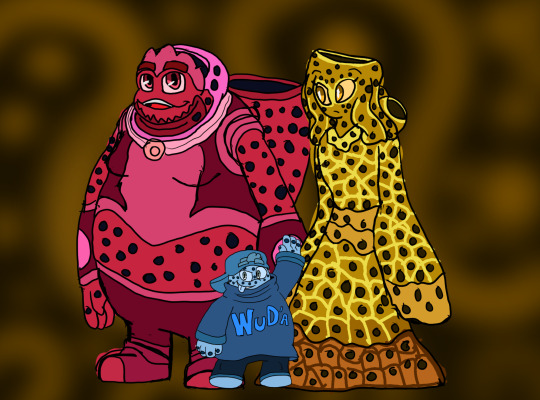
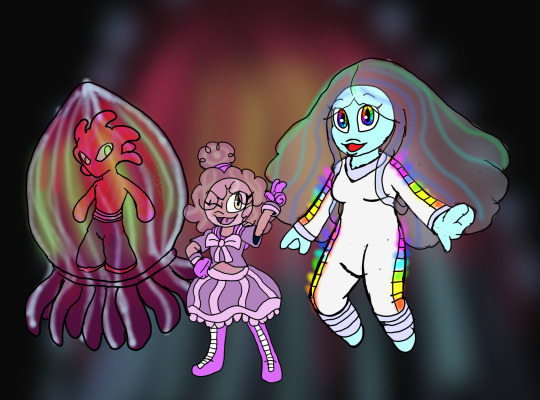
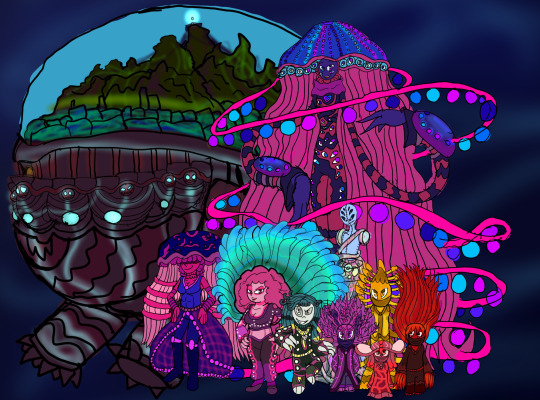
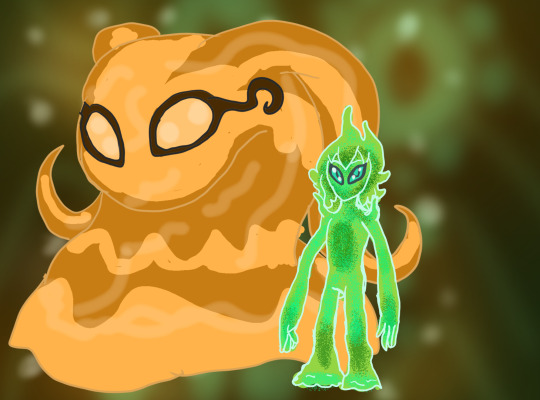
Reuploading the Anthro Allies but this time in group pictures.
first things first from Humble beginnings of evolution
Porifera
Domb (Barrel Sponge)
Squeeze (Yellow Tube Sponge)
Wud (Blue Comb Sponge)
Ctenophore
Nee-Ko (Cigar Comb Jelly)
Ken-Po (Arctic Comb Jelly)
Dede (Glower Comb Jelly)
Placozoa
Yas (Trichoplex)
Xenacoelomorpha
Xenaco (Xenoturbella Japonica)
Cnidarians (Note This picture doesn't show the actual sizes of Lavey and Zoralia who are much larger)
Zoralia (Hard Coral Reef)
Pansy (Sea Pansy)
Fan (Sea Fan)
Whip (Sa Whip)
Pan (Sea pan)
Nieo (Magnificent Sea Anemone)
Divide (Aggregating Sea Anemone)
Lavey (Giant Siphonophore)
Addison (Sea Nettle Jellyfish)
Chionex (Box Jelly)
Next
(For More Information About The Earthdemons, Neo demons, The Anthro allies , the O'Kong family and more of theses characters as well as updates please visit the @the-earthdemon-hub for more)
#elementalgod aj#aj the elementalgod#my art#my oc#Toonverse oc#The Watchful Eye#watchful eye#my ocs#O'Kong Family#Neo Demons#Earthdemons#Anthro allies#isle 0#porifera#ctenophora#placozoa#xenacoelomorpha#cnidarians
12 notes
·
View notes
Photo
"Do you think Ray and Edna have a chance?" Kensi asked as they drove home.
Shaking his head, Deeks gave an emphatic response. "No."
"Well that's romantic."
"No, realistic."
"He likes her, she likes him."
"If she liked him, she'd tell him to get that dead animal off the top of his head."
"Excuse me?"
"If she liked him, she'd tell him to get that dead animal. Off. The. Top. Of. His. Head."
"That's a hard thing to do."
"Kens, if you were coming into the office and had on two different earrings or a hole in your top, I'd take you aside and mention it to you."
"Well thank you for taking me aside for these imaginary fashion faux pas instead of announcing it to the bullpen."
"Edna could tell Ray in a quiet moment that he's probably as handsome," Deeks threw air quotes around handsome, "without the ten-cents toupee as he is with it. And probably a whole lot less ridiculous."
"Maybe it makes him happy."
"Wearing a tank top, cargo shorts and Reef flip flops makes me happy…"
"I know, oh do I know."
"But I don't show up to work or restaurants wearing them."
"I'd disagree with restaurants but go on."
Deeks made a face. "Fancy restaurants. Places where you and the girl-pack like to eat. Keeping it with food, we've been to a few of Sam's barbeques with his SEAL buddies."
"Yes, and I do remember you showing up in tank tops, cargos and flip flops."
"It's a barbeque. Anyway, how many of Sam's SEAL buddies are bald."
"More than a few of them."
"And Turner would fit right in without that horrid hairpiece."
"Easy to say as the man with a full head of hair."
"Deeks men have enjoyed strong hairlines for generations."
"A blessing to us all," Kensi said as she pulled up to his place.




#cowboybuckleys#NCIS: Los Angeles#NCIS: LA#head canon#NCIS Los Angeles#ncis la#kensi blye#marty deeks
266 notes
·
View notes
Text
not very active on tumblr , but might as well do an intro
im reef / ken ! im a 16 yo bisexual trans dude . i am autistic and schizophrenic
my sp/ins consist of **tokyo ghoul** , taylor swift , lifesteal smp / unstable universe , life is strange , minecraft and sinjin drowning .
you do NOT like mutsuki tooru more than me . very plain and simple . if you believe you do , don’t say it around me . i have been devoted to mutsuki for a very long time and im heavily attached to him , and i do get jealous . 🤍
i am ken kaneki (haise sasaki) . i am not a kinnie , i am just me . if you don’t believe in that or like it , i don’t really care . just don’t bring it up around me or don’t follow .
I don’t care for much fictional discourse . the only line I draw is I do not want to -15 +18 proshippers interacting . otherwise , 15-18 proshippers are safe here , I don’t really care . I am a victim so do not try to argue this with me I don’t care .
I love fashion , art , and writing more than anything . I hope to go to fashion school within the next two or so years .
:3
#tokyo ghoul#tg#tokyo ghoul re#lifesteal smp#unstable universe#lifeisstrange#minecraft#taylor swift#sinjindrowning
1 note
·
View note
Text
Postcards from Snagglepuss
Such are the tales divers tell
At any rate ... being invited to sleep with "Bubbles," that ever-loving leader of the Catalina Diving Clowder, at their quarters, was certainly enough to inspire plenty of dive tale swapping--even if such was in bed as a sort of sleep aid, if you will.
In my own case, I shared that time when Crazy Claws and myself, on a mission to call notice of Wisconsin Dells to the south, stopped at a somewhat seedy-looking motel in the Florida Keys ... and sometime close to sunset, driven more or less by boredom, I decided to do some swimming on the motel's beach when, for no reason or another, a mermaid comes close to shore. A MERMAID!!! Not one of those Weeki Wachee simulations, mind you, the real McCoy even! And what a dive was bound to ensue as sunset made itself known and obvious--or is that oblivious?--the sheer and utter amazement of the coral reefs offshore as they showed a remarkable irridescence, almost neon-like!
"Which, I must admit, turned out being fascinating right there around sunset and all that!" was how "Bubbles" responded. As turned out being her cue, more or less, to share her own dive tale, sharing some time with California harbor seals in the waters off Seal Rocks, near the storied Submarine Gardens from the glass-bottom boat days!
Best to let "Bubbles" relate it:
It was a slightly hazy and warm spring afternoon before the season got down to earnest here on Catalina ... and for some reason, yours truly decided to take a sea kayak out from Avalon to bear the Seal Rocks just to kill some time, especially underwater. And just fitting my mask and snorkel on made this cat stop and realise what an interesting place this could get to be for cats--even underwater. And just diving in made me sense something so--such seems a little difficult to place in words. Until a seal with full beard and whiskers came into my ken, as if perchance wanting to play with me in the Submarine Gardens with him, especially as the glass-bottom boats were running to a limited schedule anyway.
And can you imagine the sheer playfulness this seal showed in me and towards me, just "bopping" my nose every so often to try and build some trust ... and showing me some especially fascinating parts of a kelp grove underwater, down to about 20 feet. And at that depth, you certainly want to be dexterious just making sure you can get through those kelp strands in one piece and not become fodder for sea monsters--if such even existed!
Eventually, though, the seal's desire in showing me such haunts was one of--love. It turned out he wanted me to make love with him out of a desire for friendship and trust. I had read where dolphins are especially infamous for using sex as a trust-building exercise, and to imagine a California harbor seal wanting to use sex to build trust in a diving cat of Catalina Island was--weird, when you think about seeing the seal with a full display of desire evident and wanting to let his pinniped wild oats go, more or less.
So what else was there to do at about 15 feet depth in the almost Scooby-esque haunts of a kelp grove with a lovesick California harbor seal wanting to trust in you but just play along and not get too unnerved as to "what might happen in the end"?
It may have felt a little weird to feel his penis in my vagina, and underwater at that, but still, play along as I did ... could that seal release his Inner Need like he did, reinforced by a cute little nose bop to show how he appreciated my willingness ere I surfaced ...
And climbing back into the sea kayak, I didn't know how best to react but just to sense ... delight.
"So that is a Catalinan diver's tale?" responded I.
"You'd better believe it!", replied "Bubbles" with a bit of a chuckle as she prepared for me to make love to her as a show of friendship!
(Meanwhile, you have to wonder what sort of diving tales of the ursine kind that the Hair Bear Bunch could be imagined relating. Or Emmy Lou and Jenny Lee, even ...)
#hanna barbera#fanfic#fanfiction#postcards from the road#postcards from snagglepuss#catalina island#bedtime tales#diving tales#diving stories#swimming with mermaids#swimming with seals#interspecies romance#interspecies love#interspecies desire#interspecies sex#hannabarberaforever
1 note
·
View note
Text
Today was our last full day here! The time has gone by so quickly. We were excited to hear that the dive shops had dropped the ladders and we would be able to go shore diving. Our first stop was Sunset House reef with the famous mermaid statue.


This reef is also home to a WWII landing craft wreck (also purposely sunk) called the Nicholson. Ken was quite intrigued again! Anything with moving parts 😂.

To, probably, no one's surprise, I much prefer the shallows and all the critters and fish! Thankfully, there was also no shortage of that on this dive.




We made our way West to go to Turtle Reef for what would be our last dive here. The winds were starting to change again and it was a bit of a rough entry. This also made for a bit less visibility, but ultimately, we still had fun.



There's a great tiki bar restaurant at this dive site called Macubuca, so we rinsed off and celebrated our last night with some delicious food. Ken had the lobster tail, and you guessed it, I had chicken 😂, but it was authentic Caribbean jerk chicken with rice and beans and fried plantains, so...I think fair to say we both had island cuisine.
We fly home tomorrow at 2:50 pm. Tomorrow is a holiday here so we have to get to their airport at a decent time, so tomorrow likely won't have anything too exciting. We are looking forward to seeing the big fluff soon!
Xoxo
K
0 notes
Video
vimeo
Higher Power from Kurt Andrew Schneider on Vimeo.
When a storm causes a citywide blackout, a scrap collector sees an opportunity that could turn his luck around.
Starring - Kevin Conway
Directed and Edited by Kurt Andrew Schneider Written by Reef Oldberg & Kurt Andrew Schneider
Executive Producers - Taj Critchlow & Fuliane Petikyan Produced by Reef Oldberg, Faylyn Johnson & Kurt Andrew Schneider
Cinematographer & Co-Producer - Sam Davis Production Designer - Ryann Kearney Original Score by David Chapdelaine
1st AC - Jeff Vanderpool 2nd AC/Loader - Jonathan Patterson Boom Operator and Mixer - Andre Bottesi Gaffer - Dave St. George Key Grip - Blake Brown PA - Maverick Kelly & Caleb Joye BTS Photographer - Sydney Jordan
Colorist - Sam Gilling VFX - Esteban Malean & Ben Webber Sound Design - Gabe Sayre Title & Credit Design - Louis Celano Closing Theme - “River of Youth” by Colyer
Special Thanks: Karis Schneider Rick and Kathy Schneider Rick Rice Ken Schutt Kimmel Scrap Fela Stratton Camera Kodak Atlanta Rayka Zehtabchi Craigslist
0 notes
Text
Nanao Sakaki (1923-2008) was not a Kyoto writer, but a wandering poet who belonged to everywhere and nowhere. By all accounts he led a remarkable life and wrote remarkable poems. Some folks in Kyoto had the pleasure to know him, particularly Ken Rodgers who accompanied him on a tour to Australia. Thanks to Ken for supplying the piece below by Robert Lee, which first appeared in the Kyoto Journal.
***************************** Extracted from Robert Lee’s tribute to Nanao Sakaki ‘Transnational Poet Wanderer’ in Kyoto Journal, no. 78, p.127ff;
There was the first meeting with Snyder and Ginsberg in Kyoto in 1963 and then Snyder’s invitation to him to visit America in 1968 (California and the West Coast of mountain and ocean, Manhattan and Greenwich Village). Subsequent visits include poetry readings with Waldman, Ginsberg, and others, notably at Naropa in 1981. In June 1988 he asked Ginsberg, Snyder, McClure and Waldman for help in raising money to protect the blue coral reef in Ishigaki-jima against becoming a new airport landing-strip. Their poetry reading in San Francisco served as publicity and a fund-raiser. Sakaki’s message to this Beat consortium he included in his Japanese collection CHIKYU B (1989), with a translation into English under the title “Save Shiraho’s Coral Reef” in Nanao or Never (“this Kamikaze project” he calls the planned landing strip).
In an interview with Trevor Carolan, Sakaki explained very succinctly what kind of Zen he adheres to: “ Most Zen is uninteresting to me …It’s too linked to the samurai tradition – to militarism. This is where Alan Watts and I disagreed: he didn’t fully understand how the samurai class with whom he associated Zen were in fact deeply Confucian: they were concerned with power. The Zen I’m interested in is China’s Tang dynasty variant with teachers like Lin Chi. This was non-intellectual. It came from farmers—so simple. Someone became enlightened, others talked to him, learned and were told, Now you go there and teach; you go here, etc. When Japan tried to study this it was hopeless, the emperor sent scholars, but with their high-flown language and ideas they couldn’t understand.” (Nanao or Never).
************************
The following is taken from this webpage: http://www.cuke.com/dchad/writ/Japan%20stories/here%20and%20nanao.html
Nanao’s reputation spread and in the sixties when Allen Ginsberg went to Kyoto to visit Gary Snyder, they were told they had to meet Nanao so they did and they all became fast friends and they invited him to go to America which he did. He spent about ten years in America – in San Francisco and New Mexico and in the mountains and desserts. A friend of mine who knows Nanao says that Nanao walked from New York to California and back and forth a number of times and up to Alaska and so forth. All the walking stories I’ve heard about Nanao seem to me to add up to more miles than one could cover in a lifetime. But whatever he’s walked, it’s been one whole heck of a lot.
Folks at the SF Zen Center got to know Nanao because he never had a place of his own or any money so one of the communal houses near Zen Center would take him in as an honored guest. But he just wrote poetry and philosophized and didn’t tend to do the dishes so, after a while, he’d be passed on to another Zen Center house or hippy commune. And he’d write poetry and publish books and go to events like be-ins and concerts. He didn’t always get his way. Kyokes in Kyoto was working at an environmental center on Yoshida mountain by the Yoshida shrine on the West side of the city – the same place where landscaper and Nanao buddy Sogyu is now. They were running a little hostel there a few years ago at quite reasonable rates and Nanao showed up and wanted a room for free and thought his name would do for legal tender but she said he’d have to pay like everyone else so he went off and found somewhere else.
“His poems were not written by hand or head, but with the feet. These poems have been sat into existence, walked into existence, to be left here as traces of a life lived for living…” Gary Snyder, Foreword, Break the Mirror
If you have time to chatter Read books If you have time to read Walk into mountain, desert and ocean If you have time to walk sing songs and dance If you have time to dance Sit quietly, you Happy Lucky Idiot [ Kyoto, 1966]
1 note
·
View note
Text
The marine fishkeeping hobby has existed for quite a long time, but the modern reef aquarium only exists because of recent, technological innovations. These inventions were only available and affordable from the later 1990s, or even later than that, and brought with them a shift in saltwater aquarium retail. Nowadays the emphasis has long been on gardening live corals, and small, colorful fishes such as the chromis, the cardinalfishes, and the dottybacks. Such aquaria were much more difficult in earlier decades of the hobby, and the emphasis was instead on much larger fishes.
One book representing the era, is Marine Tropical Fish, an entry in the Bartholomew Pet Care Series, which is penned by one Ken Dunham, was first printed in 1977 before seeing reprints in the following decade. From the perspective of the modern marine aquarist, much would appear to be missing. Not only most of the ornamental, sessile invertebrates, but also entire clades of fishes that are so ubiquitous in reef tanks today.
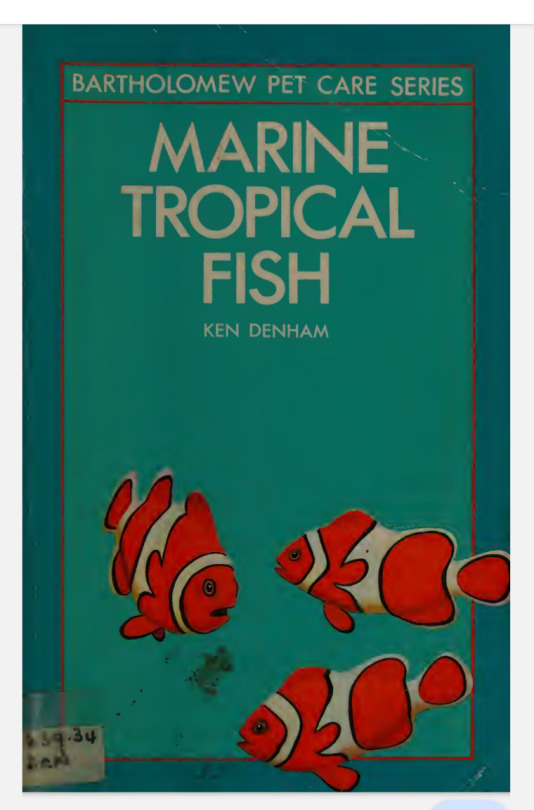
Not uniquely for British aquarium books as late as the 1990s, the text or only features mention of tropical species, but also indigenous marine fauna, such as small blennies and gobies. The author tells us when to collect them from the wild shore, so as to avoid overcrowded beaches. In fact the reason there isn't much of a coldwater.marinr aquarium trade, is because our room temperatures get too high, and the small water volumes in our aquariums are not large enough to buffer their ectothermic denizens from overheating. Native marine tanks are fascinating and subtly beautiful, but require either an expensive or DIY chilling system, unless they are positioned in a space where the air temperature is consistently low enough. One also needs to know beforehand, enough of the biology of the organisms that are being collected. For they have different temperature tolerances, substrate preferences, and feeding habits.
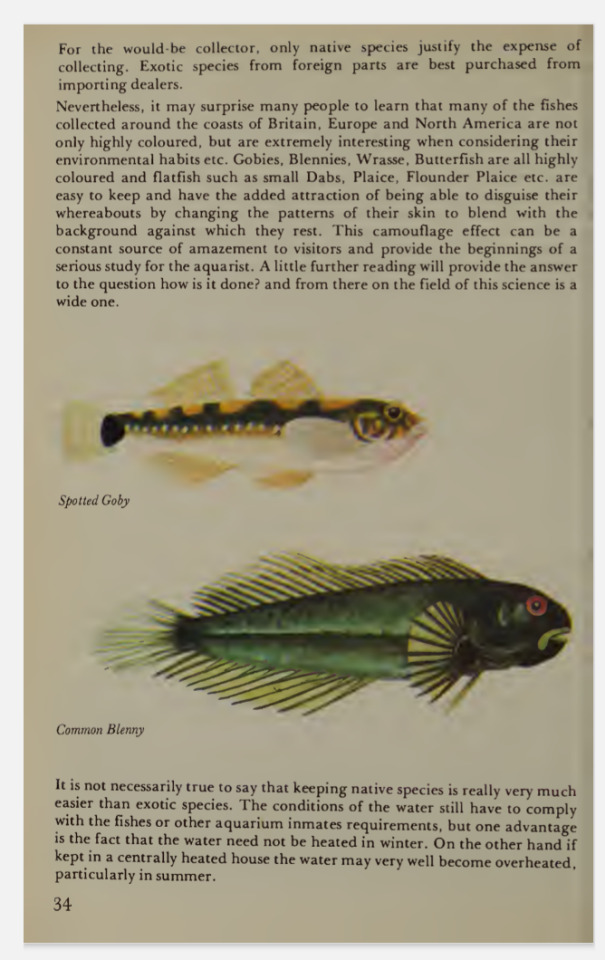
Brackish natural waters are defined by their sub-marine salinity, but their salt content qualifies them as saltwater all the same, and many brackish fishes that live in estuaries, actually belong to a marine faunal component in those admixed habitats. Not all fishes found in estuaries can or should be kept in 100% or nearly 100% seawater. But those sea fishes that can live permanently in estuaries, are robust species in the aquarium. The author represents these fishes with the target bass, which is one of the grunters, and a scat species.
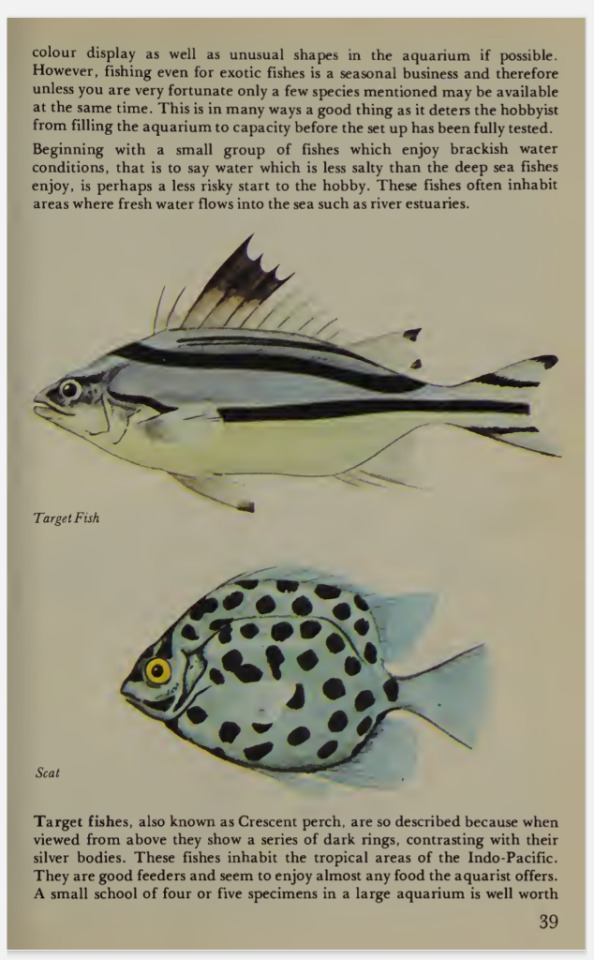
Nowadays the damselfishes are not often traded, apart from the charming clownfishes and the small, gregarious planktivores. On the whole, the other damselfishes are considered too pugnacious to cohabit with other small reef fishes, often having boisterous, territorial natures similar to those of many freshwater cichlids. In the past this strangely added to their appeal, for they could hold their own against fishes larger than themselves. I should also add that, although it's not often remarked upon, a number of damselfishes are now known to consume coral tissues.
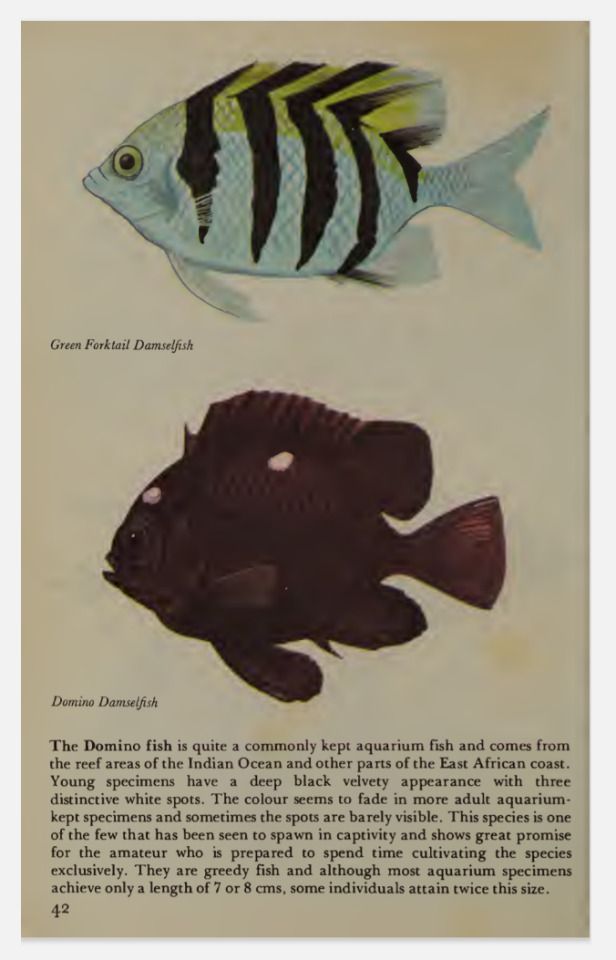
In the 1970s to 1990s the seahorses and other pipefish were regarded as difficult to care for, despite being widely traded for their popular appeal. For some reason they had a reputation for being difficult to feed in the home aquarium, not least as requiring feedings of live prey. This is nonsense, members of this clade happily accept defrosted items as they are blown by the current through the water. They certainly do not need to consume tiny live fishes, and they are remarkably easy in our tanks, even using the more limited range of aquarium technology that was already around in 1977.
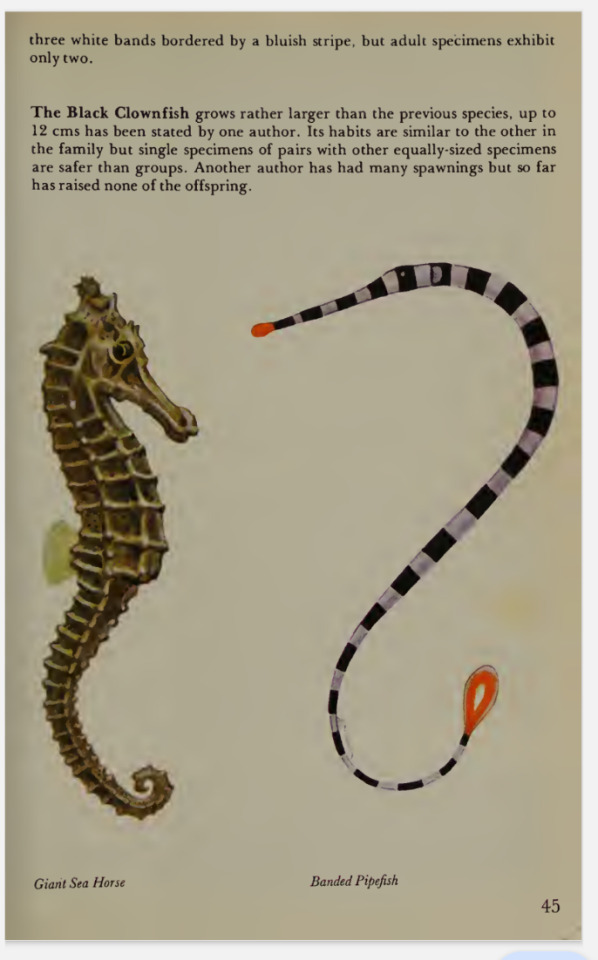
The pages on wrasse demo strate quite well the shifting focus of the saltwater hobby. Nowadays aquarists will presumably think of small, reef safe species, such as flasher wrasse, pyjama wrasse, and canary wrasse. But this is an artifact of the boom in coral aquariums. In past decades such small wrasse, however beautiful or intriguing, were not usually labelled with any accuracy when they were retailed.
The focus back then was almost entirely on big, bold wrasse species, and unfortunately on the cleaner fishes of the genus Labroides, especially the iconic L. dimidiatus. Cleaner wrasse do not ship very well and usually have short lifespans on arrival, though they are not otherwise jard to care for, and should not be avoided in a long term captive can be rehomed. Nowadays the export of these wrasse is rightly regarded as unethical, but in those days these fish were exported as a staple of the aquarium trade, and most of them tragically died after purchase.
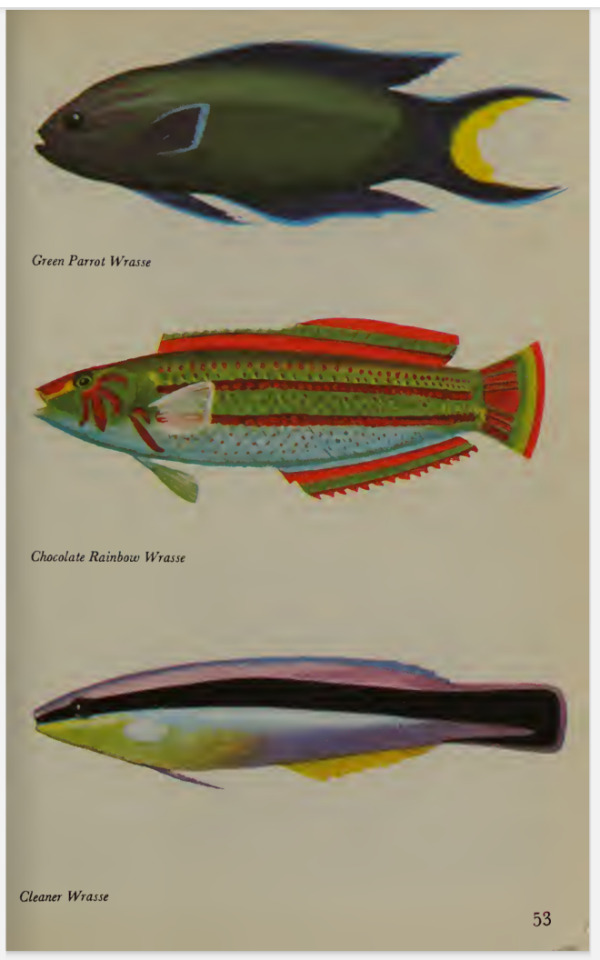
Triggerfishes and similarly sized fishes, such as big angelfishes, are nowadays regarded as quite a niche interest. But in the past big, personable fish were much more often seen in dealers tanks one reason they declined in popularity is that they are not 'reef safe' with the spectrum of organisms, most aquarists want in their tanks. Before home coral gardens became the standard in saltwater aquariums, this was not really a concern. People would start a saltwater aquarium just to have one or two large, often colorful and vividly patterned fish in a large aquarium.
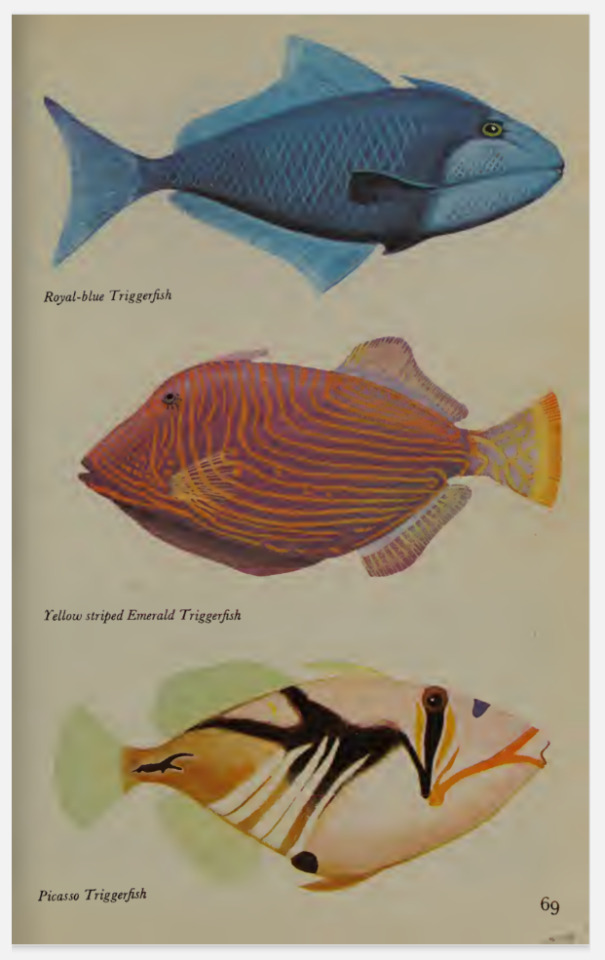
The disadvantage of using illustrations by traditional artists, rather than photographs, is that the reference images can be less than precise. Of course this isn't inherent to hiring artists, but in this book some people should have done their homework better. The image is supposedly of a long-spined or diademid sea urchin, but does not look like most people would draw them. It's just a generic image of a sea urchin, despite the labelling. Sea urchins with sharp spines are quite well defended from predator attack, and in the early days of the tropical marine hobby, they were the most commonly encountered algae grazers, after the tangs and blennies. And imports of neither blennies nor sea urchins were usually labelled with any serious effort - 'assorted blenny', 'assorted sea urchin'.
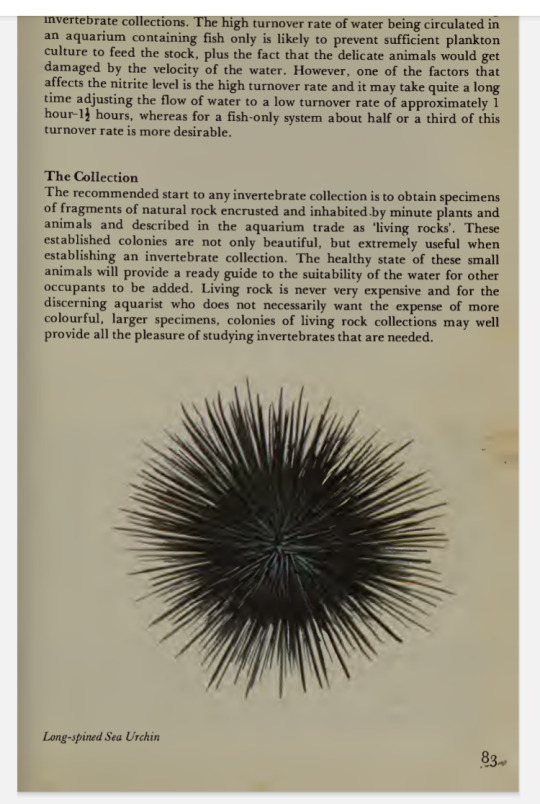
Strange as it might seem, corals were not a focus of the early trade in reef organisms. Again they were poorly labelled, and tended not to survive very long after arrival at retail. The care requirements of different corals and anemones, were very poorly understood even by marine biologists in the 1970s, and printed information in the hobbyist literature, the ded to be quite vague. Incidentally the featured picture of a sea anemone, does not even slightly resemble Stoichactis sp. or the carpet anemones.
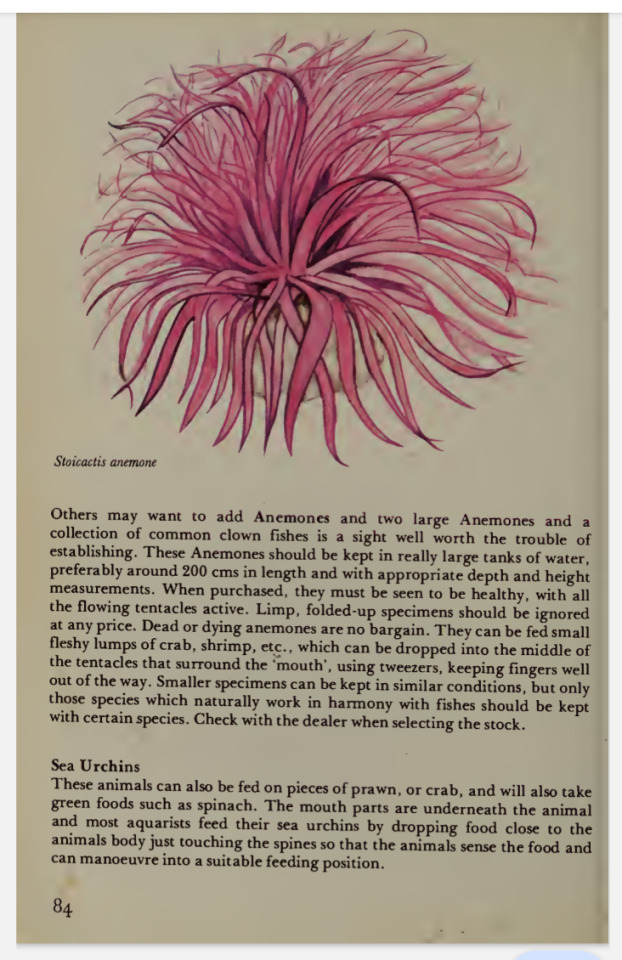
Tiger cowries are infrequently imported these days, and the most often imported snails are surely algivorous top snails, small conches, ceriths, and small, scavenging whelks. In the past these animals were rarely or never imported, not least because many of them are not vividly colored, or of impressive size. But the beautiful tiger cowries fit the bill, and was often traded as an algae eater. In fact this species does not consume algae at all, it actually eats sessile animals, and it usually starved in home tanks.
Between 1977 and 2024, nearly half of a century has passed. In that time new technologies have become affordable as 'kit', and scientific knowledge of reef life has improved and reached ordinary aquarists. But the availability of commercial aquarium technologies developed and popularised in the USA, created not only a boom but slso a shift in consumer demand. It was a true revolution in the aquarium industry.
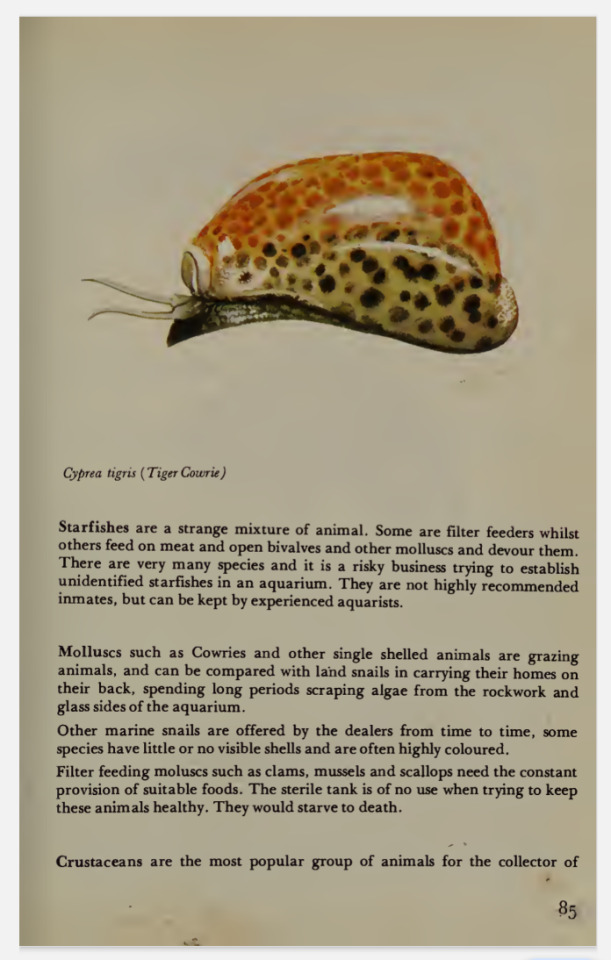
1 note
·
View note